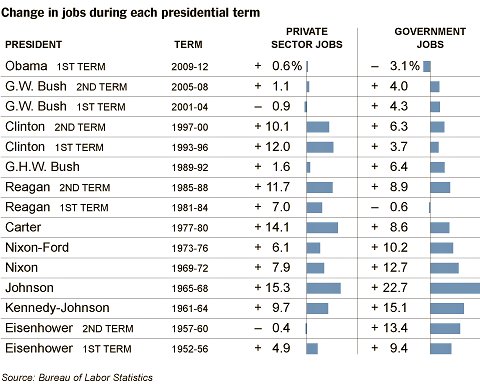5:00 p.m. | Updated As the magazine industry continues to suffer from declining circulation, celebrity gossip magazines and young women’s titles have taken some of the biggest hits.
According to data released by the Alliance for Audited Media on Thursday morning, overall paid and verified circulation of magazines declined slightly by 0.3 percent in the second half of 2012. But newsstand sales – which are often viewed as the best barometer of how well a magazine is doing – dropped by 8.2 percent.
These figures were far worse for celebrity magazines, which largely suffered double-digit declines. People’s newsstand sales dropped by 12.2 percent while US Weekly experienced a 14.6 percent decline. In Touch Weekly declined by 14.8 percent and Life Style Weekly suffered a 19.1 percent drop on newsstands.
Some young women’s magazines like Cosmopolitan and Glamour, which often attract an overlapping audience as celebrity magazines, also suffered major hits. Cosmopolitan had an 18.5 percent decline in newsstand sales while Glamour’s newsstand sales declined by 14.5 percent.
John Harrington, an industry consultant, said that both categories are suffering because young women can access a lot of similar content online.
“They’re fighting all the social media and information that’s just available in so many places,” said Mr. Harrington about the kinds of pressures these magazines are under. “Some of the same factors are that their audience are people who are digitally adept and tend to go to social media.”
While all magazines reported a rise in digital subscribers and the number of average digital magazine copies more than doubled from the year before, these numbers still make up less than 2.4 percent of the entire magazine industry’s average circulation.
Still, some magazine executives were pleased that subscriptions had held up and that there was growth in digital subscriptions. David Carey, the president of Hearst Magazines, said that his company has had to become progressively less dependent on newsstand sales and more on subscriptions. He said in ways technology has made it easier and less costly to target new subscribers.
“With the newsstand, I don’t want to say it’s unimportant because it’s a key avenue for us. So we continue to do a lot of innovation and investment at the newsstand,” said Mr. Carey. “The newsstand is a priority. But in terms of a litmus test, it means far less today than it did five or 10 years ago.”
Industry experts said that magazines also suffered from what was and was not happening in the world. Steven Cohn, editor of the Media Industry Newsletter, said that celebrity weeklies didn’t benefit from the boom that comes from celebrity weddings, births or deaths in recent months. He expects that business prospects may improve for these titles in the second half of the year after Prince William and Kate Middleton have their first child.
“In the second half of 2012, there was no royal wedding. There was no tragedy like the death of Michael Jackson,” said Mr. Cohen. “They should get a bump by the royal birth.”
Mr. Cohen added that Hurricane Sandy also may have hurt newsstand sales. He noted that even during an election year, Time Inc. experienced a decline in newsstand sales. Newsstand sales for the magazine declined to 58,776 in the second half of 2012 from 76,555 from the same time in 2011.
“I think Sandy is a factor,” said Mr. Cohen. “It certainly hurt newsstand in New York and New Jersey, which is the biggest market in the country.”
While Family Circle and Woman’s Day both noted rises in their newsstand sales, Mr. Harrington said that both magazines had cut back their frequency of publication to 12 times a year from 15 times a year. Both magazines also are relatively inexpensive.
“That helped their average newsstand sales and they’re still relatively lower priced items,” said Mr. Harrington.
Article source: http://mediadecoder.blogs.nytimes.com/2013/02/07/led-by-celebrity-titles-magazine-newsstand-sales-slide/?partner=rss&emc=rss


